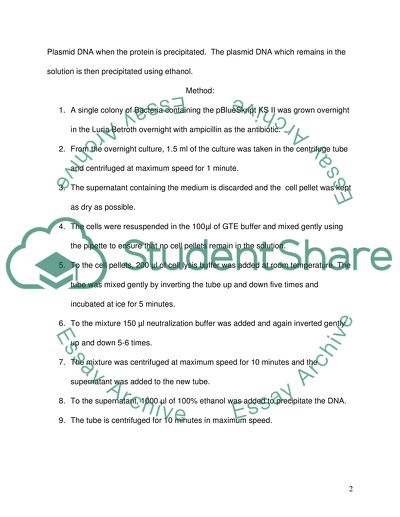Cite this document
(“Plasmids Lab Report Example | Topics and Well Written Essays - 5500 words”, n.d.)
Retrieved from https://studentshare.org/biology/1399089-molecular-biology-techniques
Retrieved from https://studentshare.org/biology/1399089-molecular-biology-techniques
(Plasmids Lab Report Example | Topics and Well Written Essays - 5500 Words)
https://studentshare.org/biology/1399089-molecular-biology-techniques.
https://studentshare.org/biology/1399089-molecular-biology-techniques.
“Plasmids Lab Report Example | Topics and Well Written Essays - 5500 Words”, n.d. https://studentshare.org/biology/1399089-molecular-biology-techniques.


